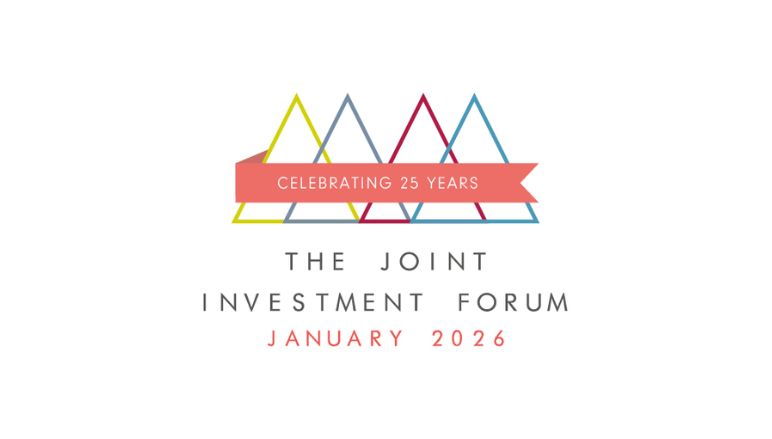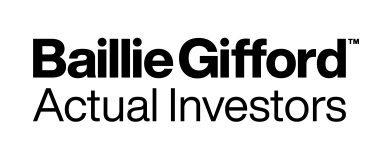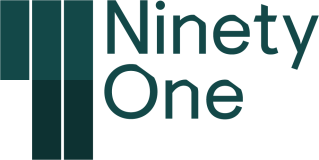Newsflow and sentiment in November were dominated by the US election and its outcome, as Donald Trump’s victory stoked expectations of deregulation, tax cuts, and fresh tariffs. While US markets rose to new all-time highs, the result also triggered speculation that his policies could fuel inflation and reduce the Federal Reserve’s scope to cut interest rates.
- President-elect Trump announced plans for new tariffs
- The Fed cut US rates by 25 basis points
- Inflation picked up in Europe
Politics dominate: newsflow and sentiment in November were dominated by the US election and its outcome, as Donald Trump’s victory stoked expectations of deregulation, tax cuts, and fresh tariffs. While US markets rose to new all-time highs, the result also triggered speculation that his policies could fuel inflation and reduce the Federal Reserve’s (Fed’s) scope to cut interest rates. Over November, the Dow Jones Industrial Average Index rose by 7.5%, notching up seven new closing highs during the month, while the S&P 500 breached 6,000 points for the first time. The Fed cut its key interest rate8 by 25 basis points to a range of 4.5% to 5% early in November and Fed Chair Jerome Powell indicated that the Fed is likely to take a gradual approach to monetary easing.
“The ECB warned that concerns over the outlook for global trade had added to geopolitical uncertainty”
New tariffs: towards the end of November, President-elect Trump announced that he intends to impose new tariffs on China , Canada and Mexico from the first day of his new administration, triggering concerns over the prospect of trade wars and possible supply chain disruptions. Trump also intends to impose tariffs of 10% to 20% on the rest of the world. The European Central Bank (ECB) warned that concerns over the outlook for global trade had added to geopolitical uncertainty; ECB President Christine Lagarde commented that an all-out trade war would be a “net negative for all”.
Above-target inflation in the eurozone: the rate of inflation in the eurozone rose from 2% year on year in October to 2.3% in November; however, the core inflation rate remained steady at 2.7% for a third consecutive month. Sentiment in Europe was also affected by political uncertainties amid the collapse of Germany’s governing coalition and concerns over the ability of France’s minority coalition to push through its budget. After a volatile month, the Dax Index ended November 2.9% higher, while the CAC 40 Index fell by 1.6%.
BoJ set to tighten again? Alongside the possible impact of Trump’s planned tariffs, inflationary pressures in Japan reinforced speculation that the Bank of Japan (BoJ) will implement another rate increase. Although the annualised rate of consumer price inflation moderated from 2.5% in September to 2.3% in October, it remained above the BoJ’s 2% target; meanwhile, services producer price inflation rose from 2.8% to 2.9% year on year. The Nikkei 225 Index fell by 2.2% over the month.
To view the series of market updates through November, click here


















